It’s time for another top ten books of the year list! (You can find my 2018 post here, my 2017 post here, my 2016 post here, my 2015 post here, and my 2014, 2013, 2012 and 2011 posts on my old blog.) For clarity, these are my ten favourite books I have read this year, regardless of when they were published.
In the order I read them…
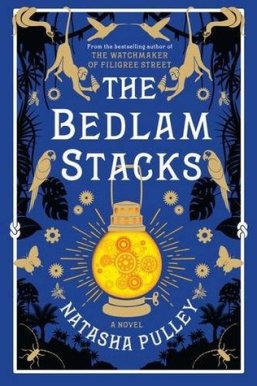
1. The Bedlam Stacks: Natasha Pulley. I read this novel back in January, but it’s haunted me all year. Merrick Tremayne, once a smuggler for the East India Company, travels to the tiny mission colony of Bedlam on the edge of the Amazon where the water glows, statues walk and the woods are said to be cursed. Pulley is so good at weaving together the speculative and the everyday, and The Bedlam Stacks also interrogates colonial classifications. I reviewed it here.
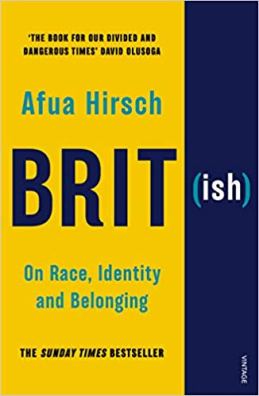
2. Brit(ish): Afua Hirsch. This is the best contemporary text I’ve read on black British identity. Hirsch, the daughter of a Ghanian mother and European Jewish father, is acutely intelligent on intersectionality as well, especially class and gender – she’s painfully aware of her own privilege in relation to her dark-skinned, working-class boyfriend, who doesn’t get why she wants to write a book about race in the first place, but also utterly clear on how women of colour are marginalised. I reviewed it here.
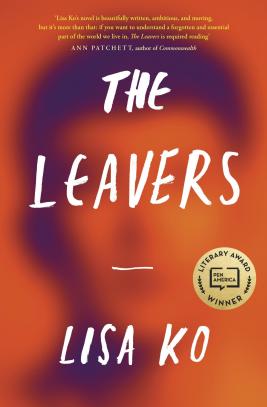
3. The Leavers: Lisa Ko. This beautiful debut novel alternates between the story of a son and the story of his mother. Daniel Wilkinson is the privileged son of two New York academics, but he was once also Deming Guo, a Chinese immigrant boy abandoned by his mother Polly at the age of eleven. Ko handles the reader’s split sympathies adeptly, but she also writes movingly about the need to leave where we’re from to feel like we’ve ‘made it’. I reviewed The Leavers here.

4. Convenience Store Woman: Sayaka Murata. I think this novella, translated from the Japanese, is so memorable for me not just because of the words on the page but because of everything it made me think about. Keiko is thirty-six and is totally devoted to a convenience store; her family think that she ought to want more out of life, yet Keiko is happy the way she is. But why be happy when you could be normal? I reviewed it here.
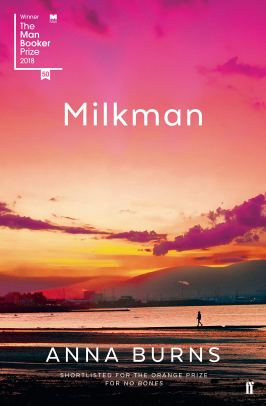
5. Milkman: Anna Burns. Of all the novels that have made my top ten lists over the years, this is definitely the one that I enjoyed least when I was actually reading it. But the narrator just wouldn’t let go. For me, the definitive novel of the Northern Irish Troubles. I reviewed it here.

6. The Rift: Nina Allan. Selena’s sister Julie went missing when they were teenagers, and Selena had come to assume that Julie is dead. But then Julie turns up again, claiming to have lived the last couple of decades on a distant planet called Tristane. Allan pulls off this premise by leaving it open to interpretation; the last few segments of the novel, which postulated that ‘there were a lot of things we didn’t know about the universe, and most of them were terrifying’ are especially haunting. I reviewed it here.
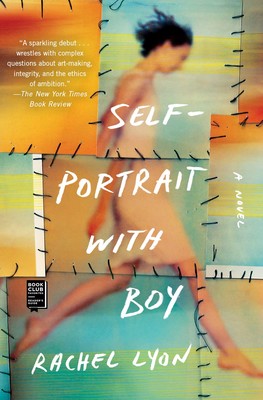
7. Self-Portrait With Boy: Rachel Lyon. One of the best books on the psychological costs of being an artist that I’ve ever read, this novel starts off with a simple dilemma. Lu Rile accidentally takes an incredible photograph of a small boy falling to his death outside the window of her apartment block. Should she show the picture and kick-start her career, even though it would horrify his grieving parents? However, Lyon is smart enough not to let this question dominate her whole story, which interrogates questions about truth and connection. I reviewed it here.

8. The Nickel Boys: Colson Whitehead. I wasn’t as bowled over by The Underground Railroad as everybody else, but Whitehead more than made up for it with his next novel, which is one of the most moving things I read all year. The Nickel Boys follows a teenage African-American boy, Elwood, after he is unjustly incarcerated in a reform school in Florida in the early 1960s. This could have been formulaic, but Whitehead takes it to another level. I reviewed it here.

9. Exhalation: Ted Chiang. Like The Nickel Boys, this was one of the books I was most looking forward to in 2019, and it didn’t disappoint. Chiang writes the best short science fiction I’ve ever read, and this was an even better collection than his last. I particularly loved ‘The Merchant and the Alchemist’s Gate’ – this is how you write time travel – and the novella ‘Anxiety is the Dizziness of Freedom’, which interrogates questions about free will. I’m especially in awe of Chiang’s intelligence – his ‘Story Notes’ at the back of the book are mini-masterpieces in their own right. I reviewed Exhalation here.
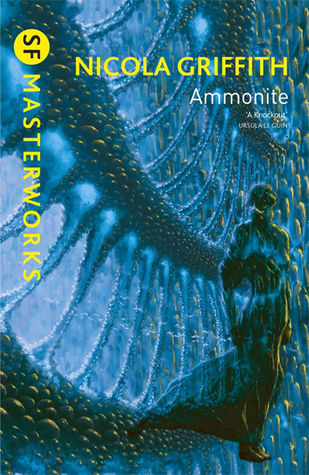
10. Ammonite: Nicola Griffith. In a list skewed towards recent releases, this science fiction novel from 1992 also stood out. It follows Marghe, an anthropologist working on a planet inhabited by an estranged strand of the human race. Centuries ago, a virus eliminated all the men from this population and conferred upon the women the capacity to reproduce asexually. For me, Ammonite had all the intellectual excitement of Ursula Le Guin’s classic The Left Hand of Darkness, but was much more emotionally engaging. I reviewed it here.
Reading Stats
I read 175 books in 2019. This is, again, a new record for me, although I think the figures are a little skewed, as I now count some books that I did not finish towards the total. I think this is a bit ridiculous, so in 2020, I’ll set a target of 150.
I read 134 books by women, 40 books by men (including one trans man), and 1 book by an author who identifies as non-binary. This continues my usual gender split, with male authors making up about 23% of the books I read – and, although men are usually over-represented in my top ten, that isn’t the case this year. I would like to read more books by trans people in 2020, especially trans men.
I read 42 books by writers of colour and 133 books by white writers. Frustratingly, this percentage – 24% – is actually worse than the percentages I managed in 2018 and 2017 (28% and 25%) – and I also read fewer books by writers of colour than I did in 2018 (44). This is especially disappointing because half of my top ten books are by writers of colour, so it shows that I have once again been defaulting to mediocre white writers. Once again, I will aim to achieve 33% books by writers of colour in 2020.
Finally, here’s what Goodreads thinks was My Year In Books:
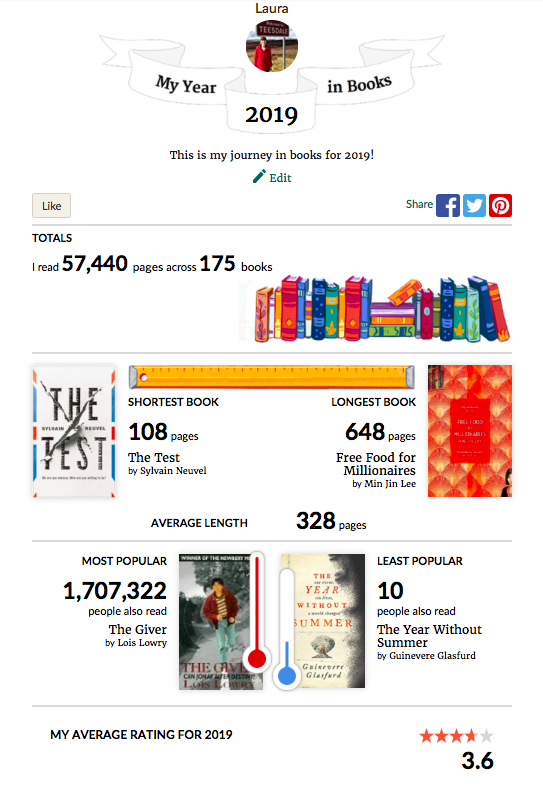
Loved The Bedlam Stacks! I have her new one in my piles (a sequel to Watchmaker). I now have the previous Ted Chiang stories, so hope to read them this year. Such an interesting top 10!
LikeLiked by 1 person
Oh, so jealous of the proof of The Lost Future of Pepperharrow – was that via netgalley or the publisher? Chiang’s previous collection is also superb.
LikeLiked by 1 person
It’s a lovely proper book! Can’t wait, but not out until March.
LikeLiked by 1 person
Great list! I’m especially excited to see Self-Portrait With Boy mentioned; I have a copy on my shelves and I’m hoping to get to it soon.
LikeLiked by 1 person
It’s so good!
LikeLiked by 1 person
I know I already said yay to Self-Portrait, but it’s worth saying again, because that’s one book I’ve been shouting about for over a year trying to get people to read, so I’m THRILLED that you not only did, but enjoyed it so much! And yay for Milkman, obviously, and Convenience Store Woman was genius.
I’m in the minority with The Leavers – I loved the mother’s sections but was left really cold by Deming’s so it kind of fell flat for me on the whole. So many rave reviews for that one though!
LikeLiked by 1 person
Ah, I loved both Deming and Polly – the only part of the novel that didn’t quite work for me was when Daniel/Deming was older and drifting about pointlessly for a bit.
LikeLiked by 1 person
I loved Ammonite (which I know i’ve mentioned before, but I still do love it) and I thought The Nicket Boys was very impressive (stylistically, thematically). Also, The Leavers really surprised me – I was expecting it to be a little more about the surface story but the characters really took hold for me. And I laughed at your GoodReads “thinks”. My GR seems to think for itself too. But I do love their data summary tool…it’s just that it never jives with my own records…and that’s fine too.
Here’s to good reading in 2020 all ’round!
LikeLiked by 1 person
Goodreads refused to give me an end of year summary at all for a little while, so I’m glad it finally spat one out!
LikeLiked by 1 person
I’ve got Brit(ish) on my wish list and it’s one of my top targets when I get to spend my book token / have my trawl through the charity shops on the high street after my birthday (book haul) is safely past. What a great selection of books this is!
LikeLiked by 1 person
Thank you! Brit(ish) is great, even if has doomed me to a year of correcting autocorrect when it writes Brit(ash).
LikeLiked by 1 person
I adored The Leavers as well. Our average rating for the year ended up very similar; mine was 3.7. (You can make an exclusive GR shelf for DNFs if you wish. Let me know if you need the how-to. I made a few other exclusive shelves for myself such as skimmed and decided against.)
LikeLiked by 1 person
There’s been a real drop in my average ratings over the past few years. I used to be a lot kinder!
LikeLike
What do you think led to you reading fewer books by non-white authors? When I started really focusing on reading books I own, I realized that most of them were by white authors of African American authors. I tend to buy books at used book stores, and I pick out titles that appeal to me. I guess that doesn’t create a ton of diversity.
LikeLiked by 1 person
Tbh, the small fluctuations over the last few years aren’t hugely meaningful. I think I’m struggling to get to that 33%, though, not because I’m bad at finding books by writers of colour but because I’m no good at resisting books by mediocre white writers. To get that % up I need to replace said mediocre white writers by writers of colour, so I need to stop buying or requesting books by white writers that I know in my heart of hearts aren’t going to be that good (two of my most disappointing reads this year, Saltwater and Entanglement, are good examples of this).
LikeLike
For a while, I really fixated on small presses that published experimental fiction. It wasn’t until probably a decade later that I realized all of these books were by white liberals, and they were all mediocre books that were thinly veiled memoirs — and they weren’t good. I’ll probably regret typing this, but it’s true.
LikeLiked by 1 person
Oh dear. I always feel bad that I don’t read much by small presses, but this makes me feel a bit less bad.
LikeLiked by 1 person
Pingback: Not The Wellcome Prize 2020: Exhalation and A Good Enough Mother | Laura Tisdall
Pingback: 2020 In Books: Commendations and Disappointments | Laura Tisdall
Pingback: My Top Ten Books of 2020 | Laura Tisdall
Pingback: My Top Ten Books of 2021 | Laura Tisdall
Pingback: My Top Ten Books of 2022 | Laura Tisdall
Pingback: My Top Ten Books of 2023 | Laura Tisdall